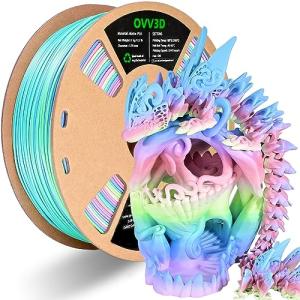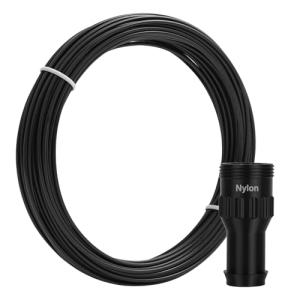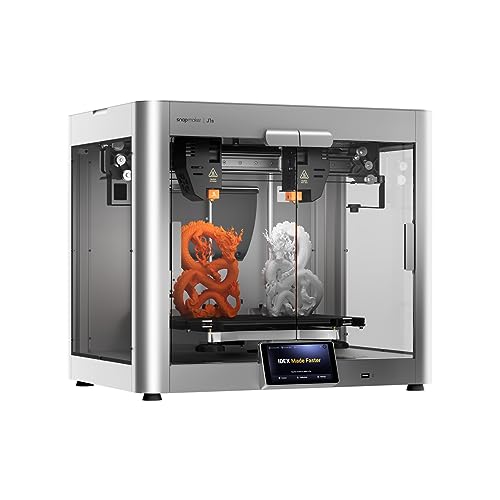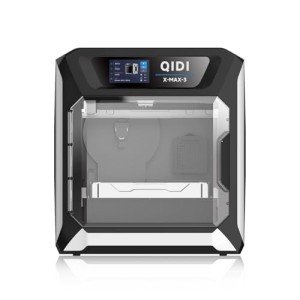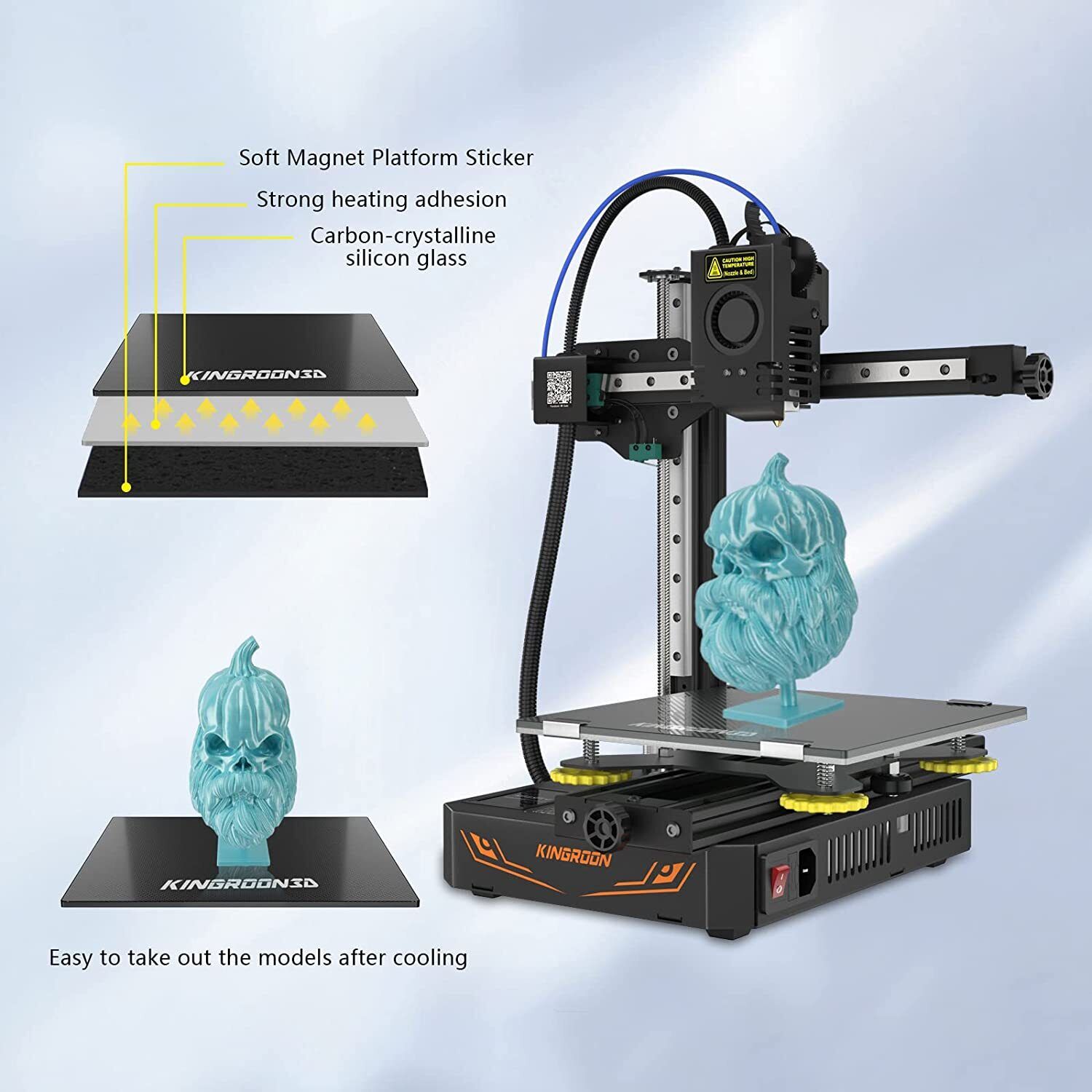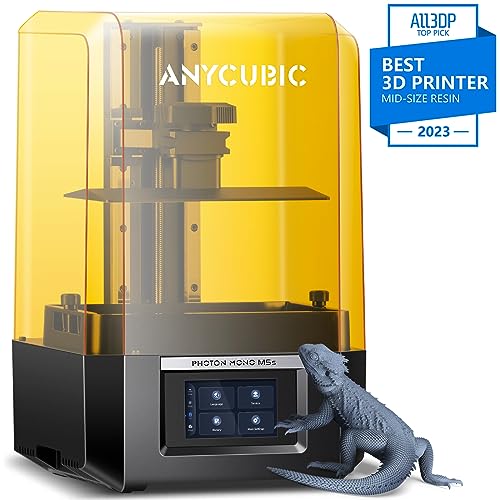When you dive into the world of 3D printing, you'll quickly discover that the type of 3D printing material you choose can make a huge difference in your projects. There are many options out there, each with its own perks and quirks. Let’s break it down so you can find the right fit for your needs.
PLA (Polylactic Acid) is one of the most popular choices, especially for beginners. It’s eco-friendly and made from cornstarch, which is pretty cool. You can print with it at lower temperatures, and it has a nice gloss finish. Just keep in mind that it’s not the most durable option out there, so it works best for prototypes or decorative pieces.
ABS (Acrylonitrile Butadiene Styrene) is another widely used 3D printing material. If you’ve ever played with LEGO bricks, you’ve handled ABS. It’s tough and can withstand higher temperatures, making it great for functional parts. However, it does require a heated bed for printing, and the fumes can be a bit strong, so proper ventilation is key.
For those who need something super sturdy, PETG (Polyethylene Terephthalate Glycol-Modified) might be your go-to. It combines the best of both worlds—durability from ABS and ease of use like PLA. Plus, it’s food-safe and resistant to moisture, which is awesome if you're working on practical applications. Just remember, it can be a little stringy while printing, so tuning your settings is essential.
If you’re looking to test materials with special properties, TPU (Thermoplastic Polyurethane) is a flexible option that can stretch and bend without breaking. This makes it perfect for creating things like phone cases or wearable items. Printing TPU can be a bit tricky, so make sure your printer is up to the challenge!
Factors to Consider When Choosing Material
When it comes to picking the right 3D printing material, there are a few key things to keep in mind. Not all materials are created equal, and choosing the wrong one can lead to a lot of frustration. Here’s what you should consider:
1. Purpose of Your Print
Think about what you need the final product for. Are you making a prototype, a functional part, or something decorative? For functional items, materials like ABS or PETG might be your best bet since they’re strong and durable. If you’re just making something for looks, PLA works great since it’s easy to print and comes in tons of colors.
2. Printing Difficulty
Some materials are super easy to work with, while others can be a headache. If you're new to 3D printing, sticking with user-friendly options like PLA can save you a lot of trouble. As you gain experience, you might want to experiment with more challenging materials like nylon or TPU, which can offer unique properties but require a bit more skill to handle.
3. Environmental Considerations
Think about the environmental impact of your choice. PLA is made from cornstarch and is biodegradable, making it a popular choice for eco-conscious printers. On the other hand, materials like ABS can produce fumes during printing, so make sure you have proper ventilation if you decide to go that route.
4. Cost
Last but not least, consider your budget. Some specialized 3D printing materials can get pretty pricey. If you're just starting out or plan to print a lot, finding a good balance between quality and cost is important.
Rainbow PLA Filament 1.75mm for 3D Printing
Vibrant colors and smooth printing for your creative projects
Product information
$29.99 $26.99
Product Review Score
4.65 out of 5 stars
216 reviewsProduct links
Best Uses for Each 3D Material
When it comes to choosing the right 3D Printing Material, knowing what each one is best for can make a big difference in your projects. Here’s a quick rundown of popular materials and their best uses.
PLA (Polylactic Acid): This is the go-to material for beginners. It’s super easy to print with and works great for prototypes, toys, and intricate designs. PLA is biodegradable, so it’s a nice pick for those eco-conscious makers out there. Just keep it away from high heat and moisture.
ABS (Acrylonitrile Butadiene Styrene): If you need something a bit tougher, ABS is your buddy. This material is perfect for functional parts, like housings and components that need to withstand some wear and tear. Just keep in mind that it can be trickier to print than PLA and gives off fumes, so a well-ventilated area is a must.
PETG (Polyethylene Terephthalate Glycol): PETG combines the best of both worlds: it’s durable like ABS but easy to print like PLA. This makes it fantastic for items that require strength and flexibility, like bottles or custom tools. It also has good moisture resistance, making it a reliable choice for outdoor projects.
Nylon: For those heavy-duty applications, nylon is hard to beat. It’s strong, flexible, and perfect for moving parts, gears, or anything that needs some bend. Printing with nylon can be a bit tricky, so be prepared for some trial and error, but the results are often worth it.
50g Black Nylon Filament 1.75mm for 3D Printing
Durable and versatile nylon filament perfect for your 3D printing projects
Product information
$9.99
Product Review Score
4.84 out of 5 stars
146 reviewsProduct links
Tips for Working with Different Materials
Choosing the right 3D printing material can make a big difference in your project. Different materials have their own quirks and benefits, so it’s important to know what each one offers. Here are some tips for working with a variety of 3D printing materials.
When you’re working with PLA, one of the most popular 3D printing materials, keep in mind that it’s user-friendly and perfect for beginners. It sticks well, so your prints won’t warp easily. Just remember, it doesn’t handle high temperatures well, so avoid using it for anything that might get hot.
ABS is a bit trickier. It's strong and can withstand higher temperatures, which is great for functional parts. But it can warp if your print bed isn't heated. So, it’s super important to have a heated bed and good ventilation when you use this material. The smell can be a bit strong!
When diving into flexible materials like TPU, be prepared for something completely different. Flexibles can be fun, but they require careful handling. Make sure your printer is capable of handling these kinds of filaments and adjust your settings. Slow down the print speed and monitor your extruder to prevent jams.
Don’t forget about specialty materials like nylon or PETG, which have their own unique properties too. Nylon is tough but can absorb moisture, so store it properly. PETG is a fantastic middle ground—strong, flexible, and resistant to impact. It even has some nice layer adhesion!
